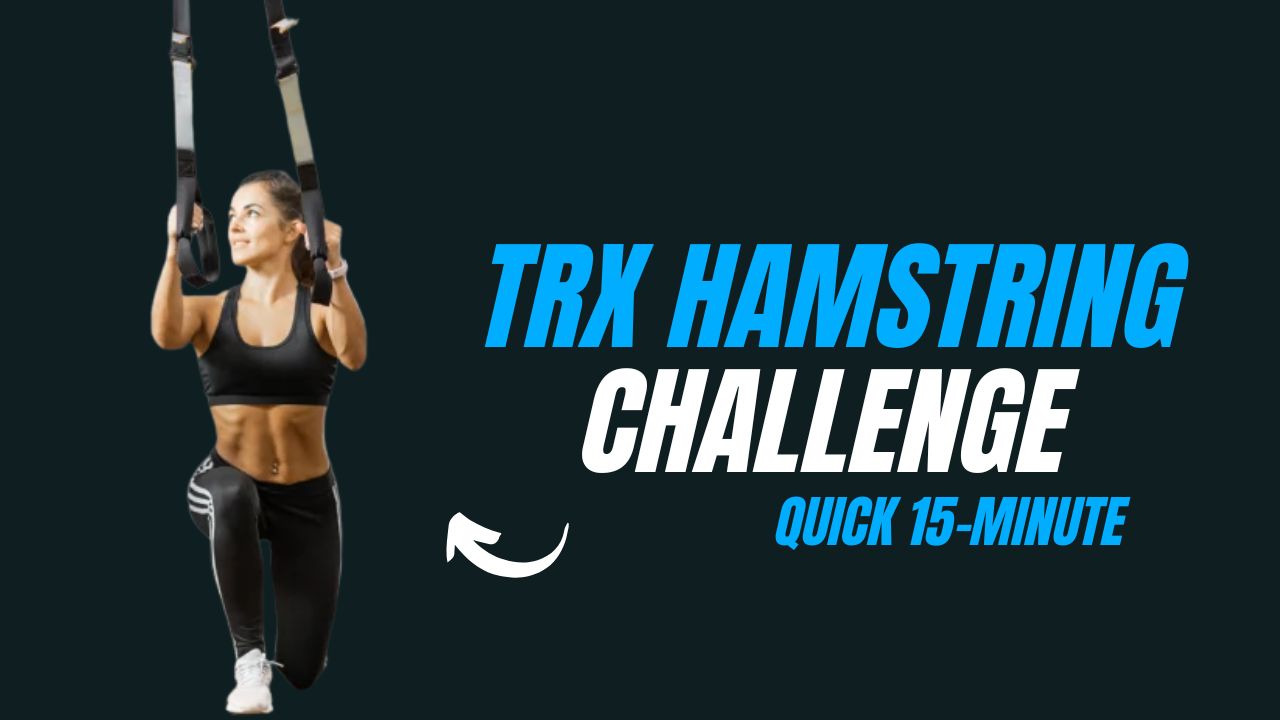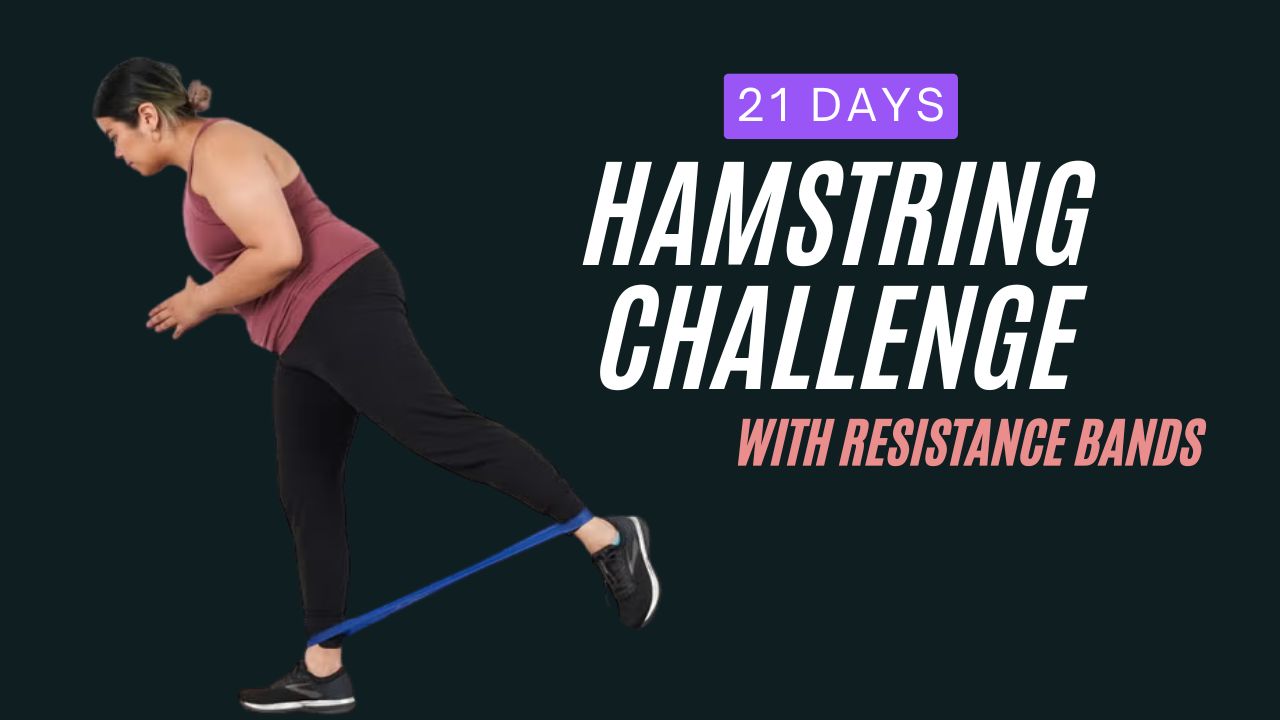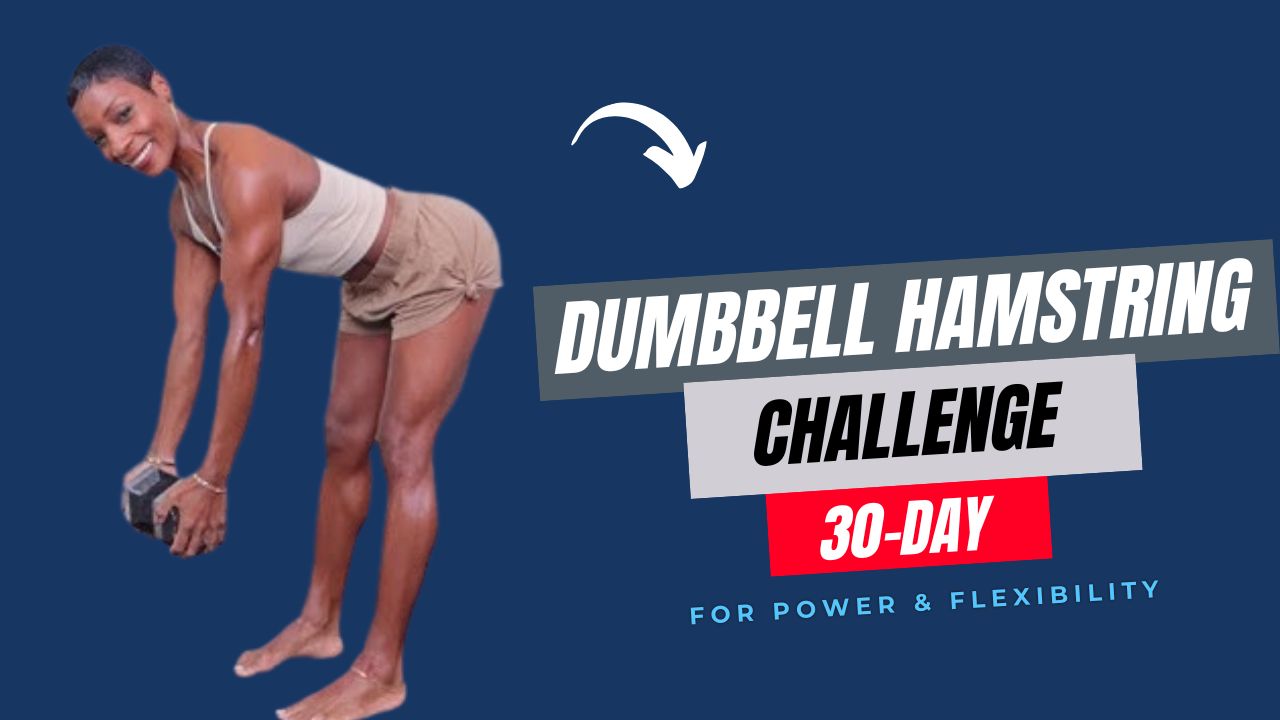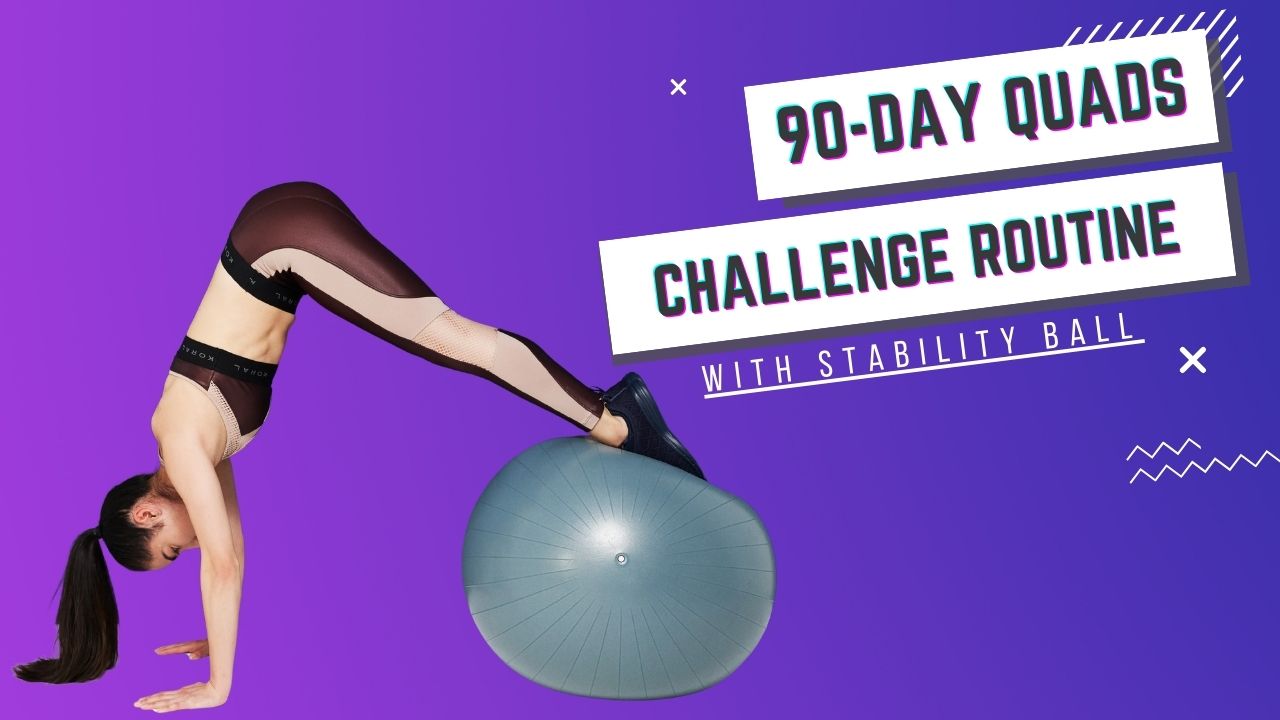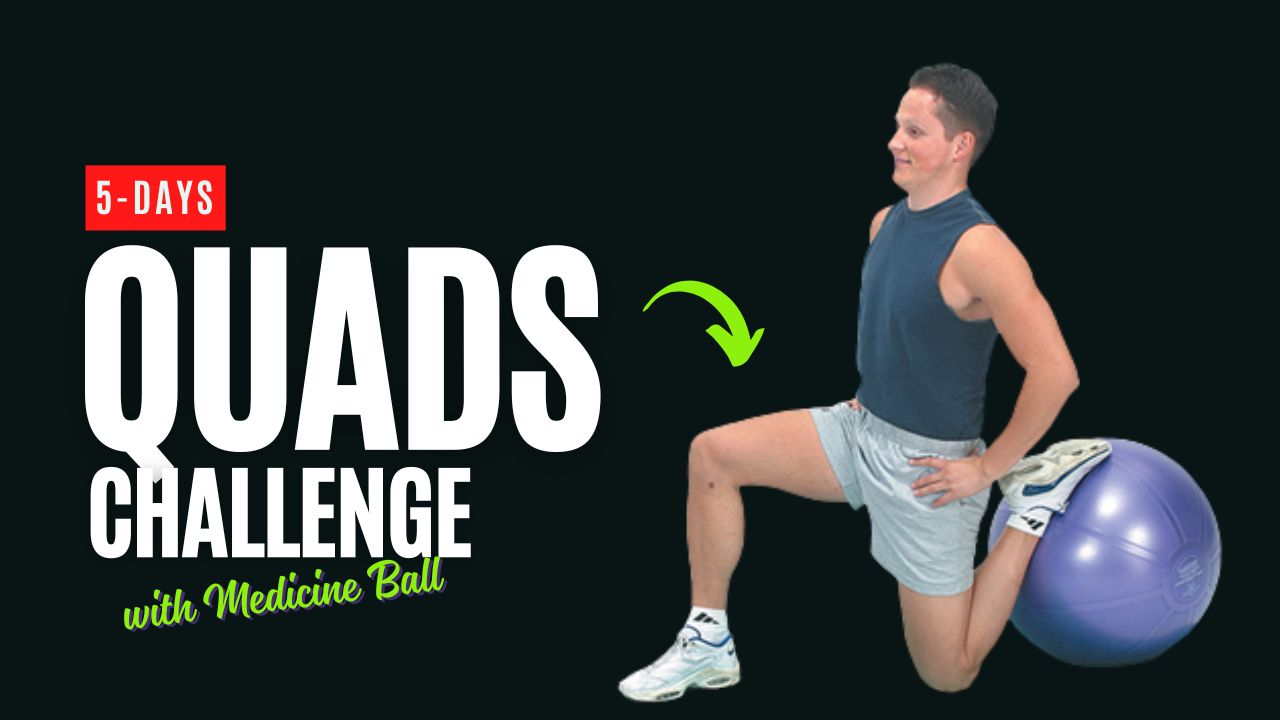When people think of core training, they often zero in on crunches and planks. But here’s the truth: neglecting your obliques—the muscles on the sides of your abdomen—is a mistake that can limit your strength, stability, and even posture.
Strong obliques don’t just help you rotate better during workouts—they stabilize your spine, improve your balance, and give you that “tapered” waist look.
And here’s where the Swiss ball (also known as a stability ball) comes into play. This versatile tool adds a level of instability that forces your core—especially your obliques—to work harder.
Whether you’re a beginner or advanced, Swiss ball exercises help you recruit deeper abdominal layers and create a stronger, more functional midsection.
Let’s explore 10 of the most effective Swiss ball oblique exercises, how to do them, and what benefits they bring.
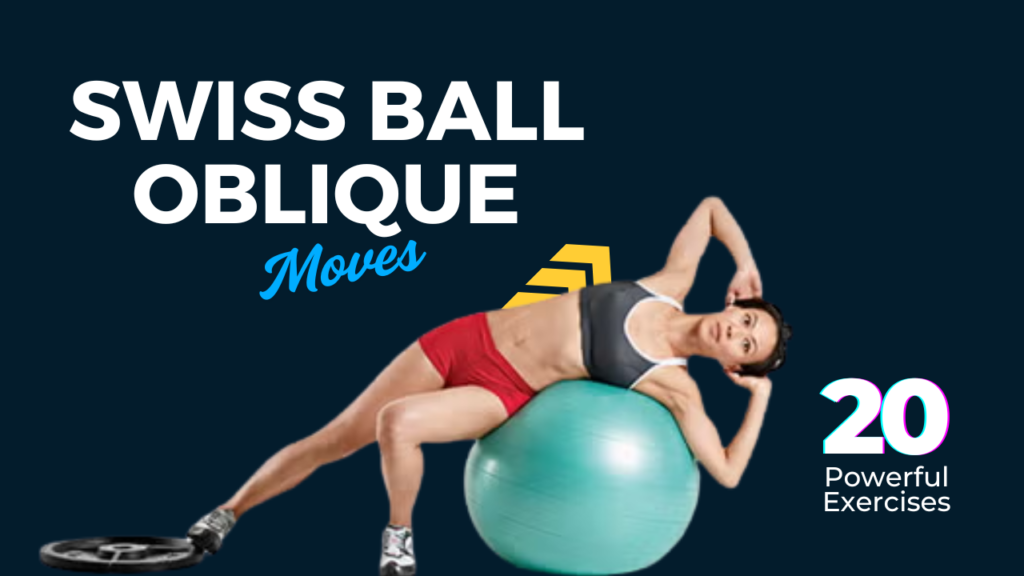
Table of Contents
What Can Happen After 30 Days of Swiss Ball Oblique Exercises
| Change | Description |
|---|---|
| Improved Core Stability | You’ll notice better balance and posture in everyday activities and workouts. |
| Visible Waistline Tightening | Your obliques begin to tone up, helping sculpt a slimmer, more defined midsection. |
| Stronger Rotational Movement | Twisting, turning, and side-bending motions feel smoother and more powerful. |
| Better Functional Strength | Daily tasks like lifting, reaching, or bending become easier and more stable. |
| Reduced Lower Back Strain | Strengthening your obliques supports the spine, easing pressure on your back. |
| Increased Mind-Muscle Connection | You’ll gain better awareness and control of your core muscles. |
| Improved Athletic Performance | If you’re active in sports, your movement efficiency and core power will rise. |
| Faster Recovery Between Sets | Enhanced endurance and control allow you to perform more reps with less fatigue. |
| Better Postural Alignment | Regular use of the Swiss ball helps correct imbalances and posture issues. |
| Greater Confidence in Core Workouts | You’ll feel stronger, more balanced, and ready to progress to advanced levels. |
Do’s and Don’ts for Swiss Ball Oblique Exercises
| Do | Don’t |
|---|---|
| Warm up your core and hips before starting. | Don’t jump into advanced moves without mastering basics. |
| Choose the correct size Swiss ball for your height. | Don’t use a ball that’s too big or too small—it affects stability. |
| Focus on slow, controlled movements for maximum engagement. | Don’t rush through reps—you’ll lose form and reduce effectiveness. |
| Keep your core tight and spine aligned throughout each exercise. | Don’t arch your lower back or let your hips sag. |
| Breathe naturally—exhale during exertion and inhale during reset. | Don’t hold your breath while performing the moves. |
| Start with bodyweight before adding resistance (e.g., weights). | Don’t overload with resistance until your form is solid. |
| Use a non-slip surface or yoga mat for safety. | Don’t train on a slippery floor—it increases risk of injury. |
| Incorporate rest days to allow muscle recovery. | Don’t overtrain your obliques—this can lead to strain or imbalance. |
| Mix these with other core and functional movements. | Don’t rely solely on Swiss ball workouts for total core development. |
10 Best Swiss Ball Oblique Moves
1. Swiss Ball Oblique Crunch
How to Do It:
- Sit on a Swiss ball and walk your feet forward until your lower back rests on the ball.
- Place your hands behind your head and lean back slightly.
- Crunch up while twisting your torso to one side.
- Lower back down and repeat on the other side.
Benefits:
- Targets the internal and external obliques.
- Enhances spinal flexibility.
- Builds symmetry and rotational strength.
2. Swiss Ball Russian Twists
How to Do It:
- Sit on the ball and walk forward until your upper back rests on it.
- Keep your hips lifted and core tight.
- Hold a weight or medicine ball with both hands, arms extended.
- Twist your torso to one side, then to the other, without letting your hips drop.
Benefits:
- Improves core endurance and control.
- Strengthens your waistline muscles through rotation.
- Engages your entire torso due to the ball’s instability.
3. Swiss Ball Pike to Side Crunch
How to Do It:
- Start in a plank position with your shins on the ball and hands on the floor.
- Roll the ball toward your chest by raising your hips into a pike position.
- At the top, rotate your knees toward one side to engage your obliques.
- Return to plank and repeat.
Benefits:
- Combines lower abs and oblique engagement.
- Builds stability through controlled movement.
- Strengthens shoulder and core connection.
4. Swiss Ball Side Plank
How to Do It:
- Lie on your side and place your hip on the Swiss ball.
- Extend your legs and balance your feet against a wall or solid surface.
- Lift your upper body off the ball, creating a straight line.
- Hold for 20–30 seconds, then switch sides.
Benefits:
- Trains oblique isometric strength.
- Improves balance and postural control.
- Enhances lateral core endurance.
5. Swiss Ball Stir the Pot
How to Do It:
- Get into a forearm plank with your elbows on the Swiss ball.
- While keeping your core tight, make small circular motions with your forearms on the ball.
- Stir clockwise, then counter-clockwise.
Benefits:
- Activates deep core stabilizers including obliques.
- Challenges anti-rotational strength.
- Teaches controlled movement under instability.
6. Swiss Ball Side-to-Side Pass
How to Do It:
- Lie on your back with your knees bent, holding the ball overhead.
- Twist your upper body and pass the ball from one side of your body to the other.
- Keep your shoulders off the ground throughout the motion.
Benefits:
- Improves dynamic oblique strength.
- Builds coordination and rotational fluidity.
- Useful for athletes needing lateral power.
7. Swiss Ball Jackknife with Twist
How to Do It:
- Begin in a high plank with your feet resting on the ball.
- Pull your knees toward your chest while twisting them to one side.
- Return to the plank and alternate sides.
Benefits:
- Engages lower abs and obliques together.
- Improves hip mobility and core responsiveness.
- Great for fatiguing the midsection at the end of a workout.
8. Swiss Ball Seated Torso Twist
How to Do It:
- Sit upright on the ball with your feet flat on the floor.
- Hold a light weight or medicine ball.
- Twist your torso from side to side, keeping your hips stable.
Benefits:
- Strengthens the obliques in a controlled seated position.
- Enhances rotational movement safely.
- Builds core-lower body coordination.
9. Swiss Ball Wall Roll Obliques
How to Do It:
- Stand facing a wall, press the Swiss ball against the wall with your forearms.
- While applying pressure, slowly rotate your torso side to side, letting the ball roll slightly.
- Keep your hips square and core tight.
Benefits:
- Improves core control during upright movement.
- Strengthens obliques with low impact.
- Ideal for beginners or rehab settings.
10. Swiss Ball Oblique V-Ups
How to Do It:
- Lie sideways over the ball with one hand behind your head and the other on the ground for balance.
- Raise your upper body up and toward your hip in a V shape.
- Lower down with control. Repeat all reps before switching sides.
Benefits:
- Focuses on isolated oblique activation.
- Great for shaping the side waist.
- Enhances movement awareness and lateral compression.
Why You Should Include Swiss Ball Oblique Exercises in Your Routine
Many fitness routines focus too heavily on rectus abdominis (the six-pack muscle) and neglect the obliques. But your obliques are the real game-changer—they play a role in nearly every functional movement from walking and running to lifting and twisting.
Here’s what makes these Swiss ball moves powerful:
- Instability Enhances Activation: The unstable surface forces deeper muscle engagement.
- Improved Posture and Balance: Strong obliques help align your spine and hips.
- Better Athletic Performance: Sports like tennis, swimming, golf, and boxing rely heavily on oblique power.
- Visible Waist Definition: Obliques sculpt the sides of your torso and contribute to the coveted “V” shape.
Final Words
If your goal is to build a strong, defined, and functional core, don’t skip oblique training, and don’t underestimate the power of the Swiss ball.
It’s inexpensive, versatile, and extremely effective. These 10 Swiss ball oblique exercises are not only beginner-friendly but also scalable for advanced users.
Integrate a few of these into your weekly core routine and you’ll quickly notice improvements—not just in how your waist looks, but how your body moves, balances, and performs overall.
Frequently Asked Questions (FAQs)
Are Swiss ball oblique exercises safe for beginners?
Yes, many of these exercises can be modified for beginners. Start with basic movements like the Swiss Ball Seated Torso Twist or Side Plank, and gradually progress as your core strength improves. Always focus on form over intensity.
How often should I train obliques using a Swiss ball?
You can train your obliques 2–3 times per week, allowing at least one day of rest in between. These muscles need recovery time just like any other group, especially when using instability tools like a Swiss ball.
Do Swiss ball oblique exercises help reduce love handles?
While spot reduction isn’t possible, strengthening the obliques with Swiss ball exercises can tone the waistline and improve muscle definition. Pairing this with proper nutrition and cardio will support fat loss in that area.
Do I need a gym or trainer to do these exercises?
Not at all. These exercises can be performed at home with just a Swiss ball. If you’re unsure about your form, following video demonstrations or working with a coach for a few sessions may help initially.
Can I combine these exercises with other core workouts?
Absolutely. These Swiss ball oblique movements can complement other ab exercises like planks, leg raises, and reverse crunches. They’re excellent for adding variation and hitting the muscles from different angles.
Will these exercises improve my posture and balance?
Yes. Since the Swiss ball challenges your stabilizer muscles, especially in your spine and core, it helps improve overall posture, balance, and coordination over time.
Are Swiss ball exercises effective for athletes?
Definitely. Athletes in sports requiring rotation (like golf, tennis, baseball, or martial arts) benefit greatly from stronger obliques and a more responsive core. These exercises also mimic functional movements used in sports.
Can I do these exercises daily?
It’s best to give your core muscles 24–48 hours to recover between sessions. Daily training could lead to overuse injuries or fatigue if not programmed with proper rest.
What should I do if I feel pain during any of these exercises?
Stop immediately if you feel sharp or unusual pain. Reassess your form, reduce intensity, or consult with a fitness professional or physical therapist before continuing. Mild muscle soreness is normal, but joint pain is a red flag.





